

Mr. To Dung Thai - Chairman of VNPT's Board of Members assessed that Resolution 57 plays the role of a strategic map of the times, not only defining goals but also outlining specific solutions, creating momentum to promote breakthroughs in science and technology development, innovation and digital transformation.
He said that implementing the contents of Resolution 57 is not only a responsibility but also an opportunity for the country's pillar enterprises to affirm their position, become the main pillars in the national digital transformation strategy, bringing Vietnam to new heights on the world technology map.
Resolution 57 is assessed by managers and scientists to remove existing bottlenecks in Vietnam. Can you share the main bottlenecks that businesses are currently facing?
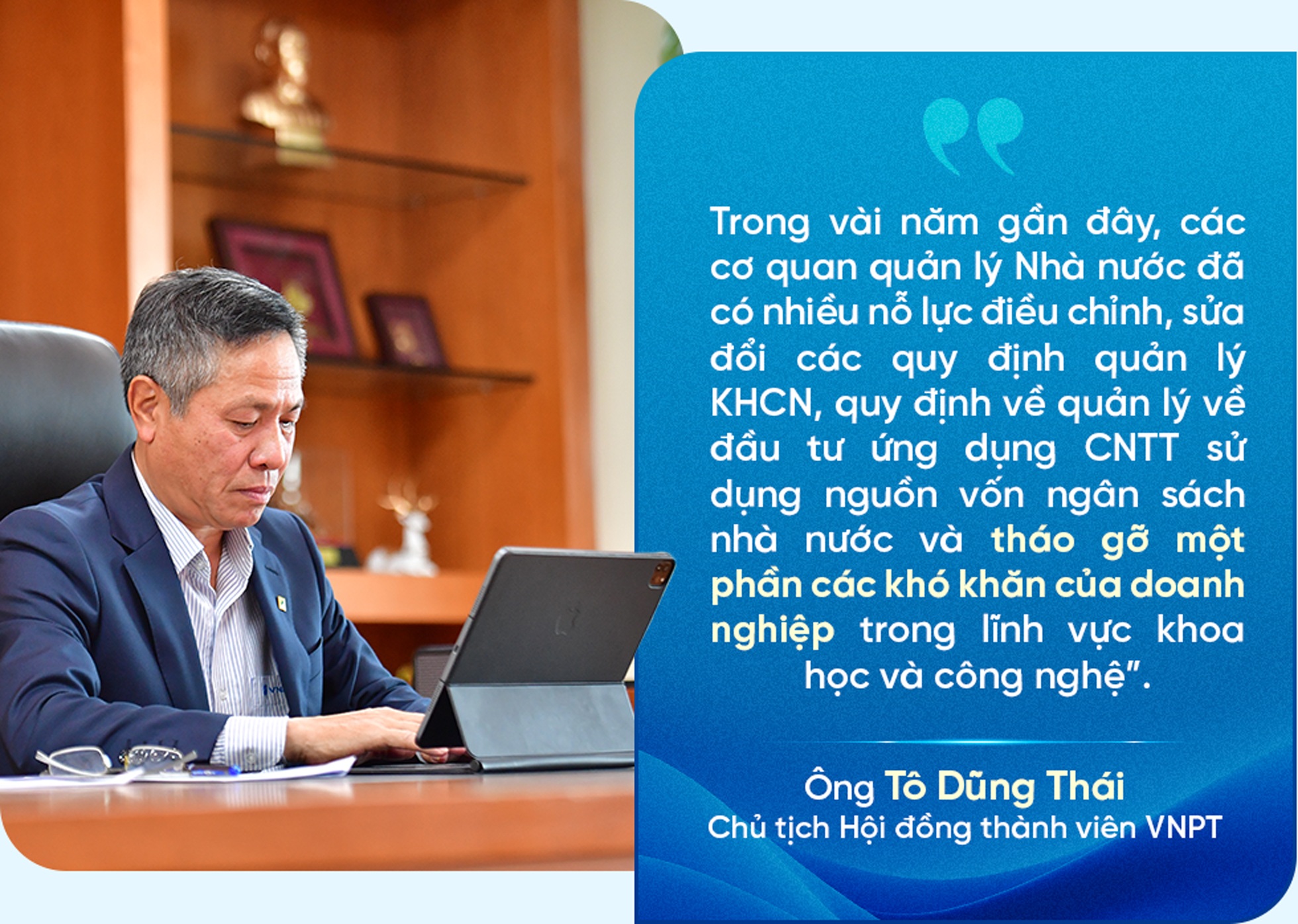
- In recent years, State management agencies have made many efforts to adjust and amend regulations on science and technology (S&T) management, regulations on management of investment in information technology (IT) applications using state budget capital and partially remove difficulties for enterprises in the field of science and technology.
However, many bottlenecks in the field of science and technology still exist. This is a big challenge for businesses, especially for state-owned enterprises.
Firstly: Institutions and policies are not yet consistent, especially in intellectual property, investment in using/preserving and developing state capital, public procurement of know-how, technology copyrights, etc., which are limiting businesses' ability to access resources and implement innovation projects, test new technologies, and participate in implementing national digital transformation projects.
Second: There is still a serious shortage of high-quality human resources, especially in new and strategic fields such as artificial intelligence, big data and semiconductor technology, while the mechanism for attracting talent is not really effective.
Third: Investment costs for science and technology development are huge, including costs for human resources, experts, researchers, investment and operation of high-tech research lab infrastructure, data centers and digital platforms... while direct, short-term revenue from science and technology is limited for most technology businesses/organizations.
When it comes to investing in science and technology development, the first bottleneck is: "where is the money?". Although VNPT has thousands of billions in R&D (Research and Development) funds, using them in accordance with current legal regulations is not a simple matter. Not only VNPT but also many other businesses are like that.
Although the Resolution clearly states that the fund is used for work and allows for accepting risks; but as a state-owned enterprise spending state money, we must be responsible in spending this money.

But, in scientific research, in business, we do not always succeed 100 times in business, sometimes we fail 99 times because these are difficult things, new things.
We already know that startups only have a 5% success rate, so before Resolution 57, the requirement of the research fund was that we had to achieve results; if we did not succeed and take political responsibility, no one would dare to do it.
This is the first point of resolution.
With R&D funds, we can hire high-quality human resources, which was very difficult before; because the salary level according to our state regulations would not be able to solve it.
Low wages will not work. Resolution 57 has helped eliminate human resource mechanisms to attract high-quality labor force.
The third solution is to accept the risks. The resolution will bring a new vitality to the science and technology sector, to digital transformation - which is very new to our country and to the world.
There are many issues in Vietnam such as digital transformation that foreigners cannot do for them. Because the data belongs to Vietnam, the great historical, cultural, geographical, and linguistic values for AI must be created and used by Vietnamese people. Over time, they will gradually develop and grow. This is the great thing about the Resolution.
In fact, at VNPT, we have a research center, but it mainly works on topics and only pays for topics with good results.
We have to be responsible for the money we spend, so VNPT does not dare to "expand" to labs or universities for research because they are not reliable enough. We only dare to work on our own fields, which are undertaken by VNPT's human resources.
At VNPT, we both research and put it into production to see if it is effective, otherwise we will withdraw it immediately. We can only do small things like this, not big things.
Resolution 57 will help VNPT have a long-term roadmap to achieve much greater results.

Another great point that Resolution 57 brings out is the mechanism for ordering from the State.
Normally we have to bid. Bidding will have two sides: One is according to the law, which means it must meet the requirements of capacity, experience, and technique and second: the price must be low.
So for new things like digital transformation and AI, we cannot know the price because there is no precedent, no floor price, no reference. This is extremely difficult for businesses, especially state-owned enterprises.
So now the State has placed orders, the responsibility of pioneering science and technology enterprises is that we have the money, the mission to do and do great things to contribute to the country. Through that, the enterprise grows stronger.
We keep thinking in our heads that this problem can be done, but without specific, clear task requirements, we wouldn't dare do something without knowing how it will be applied in the future.
Therefore, this has been decoded by Resolution 57, not only VNPT but also many state-owned enterprises, including private enterprises can do it; even many enterprises can do it together.
For example, last year’s Typhoon Yagi, the aftermath was terrible, causing floods and leaving serious consequences. Let’s work together to predict landslides in the northern mountainous provinces, and even later in the Central Highlands…
If the forecast is successful when applied in practice, it is clear that the results from topics like this will be extremely positive and bring many benefits.
Could you please tell us what are the advantages and challenges in implementing Resolution No. 57 at state-owned enterprises like VNPT?
- The implementation of Resolution No. 57 at VNPT has many advantages but also comes with many challenges.

In terms of advantages: As a state-owned enterprise, VNPT has strong support from policies and clear strategic orientations, along with financial potential, experience and internal strength of a leading national corporation operating in the field of technology and solid infrastructure.
This will facilitate investment in key areas such as 5G networks, data centers, and digital technology platforms to accompany the Government in implementing digital transformation.
Regarding challenges: First is the awareness of the whole society about the story of digital transformation, the evidence is that Vietnam talked about the story of digital transformation 5-7 years ago, but the results achieved, although positive, have not met expectations.
For example, Project 06 has done very well, but the experience of each citizen has not brought much benefit because many public services are not complete, still only have one stage at a time. Therefore, Resolution 57 will require that the Party Committee must have a number of scientific cadres.
Obviously, it is necessary to change awareness from all levels to the people, people must have a community digital transformation team. Many provincial Party committees and even businesses are still not aware of this.
In particular, the first step is that we must have a data center and the data must be accurate, then artificial intelligence will work effectively, otherwise it will lead to misinformation.

We must be clear about ideology and thinking before implementing. The first steps are always the most difficult. VNPT's experience shows that when implementing in the provinces, the province whose leader understands the issue of digital transformation will do it very quickly and very effectively.
It can be seen that the head of the Party, General Secretary To Lam, is the one who signed this Resolution and it will be implemented to the party members.
In addition, the current management mechanism still needs to be improved to better suit the rapid pace of market change. We also face challenges in attracting and retaining high-quality human resources for advanced technology fields such as artificial intelligence and big data, information security.
VNPT also has to balance resources to invest in science and technology activities, a field that requires large capital, high risks and a long time to bring economic efficiency. In addition, the management procedures and support content of the Science and Technology Development Fund for enterprises are still complicated and limited.
How will VNPT implement Resolution 57? What tasks will VNPT prioritize, sir?
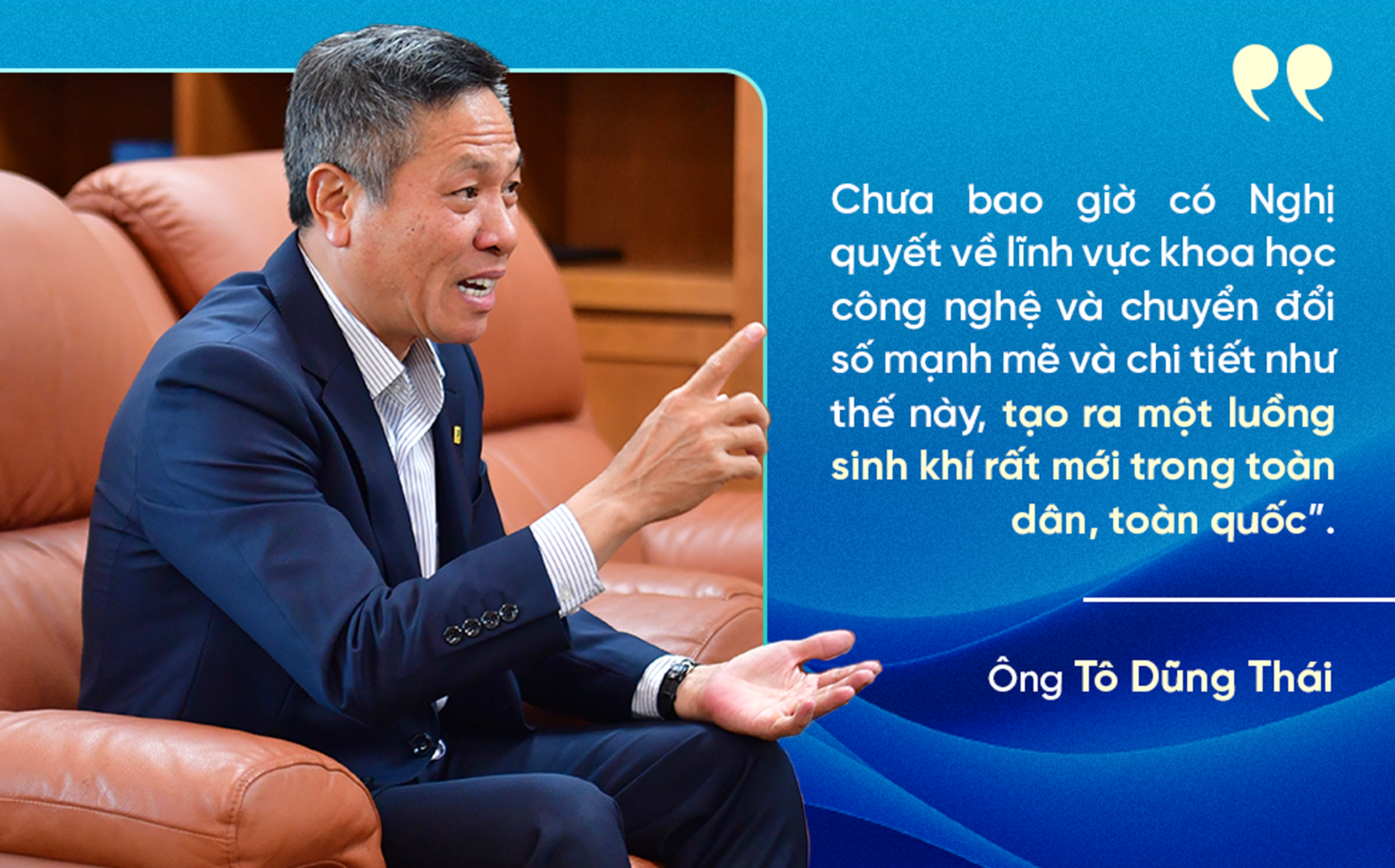
- There has never been such a strong and detailed Resolution on science, technology and digital transformation, creating a very new vitality among the people and the whole country.
In addition, detailed Resolutions help businesses easily deploy and implement, with specific goals, time and tasks.
Without waiting for the guidance document, VNPT immediately implemented the Resolution. First of all, in February, the Party Committee of VNPT Group will issue a Resolution to implement Resolution 57, because it is very close to businesses, science and technology; digital transformation like VNPT.
VNPT's January Resolution has a task, in February the Party Committee office of the research center, the Product Strategy Board, and the Technology Board must issue a Resolution to implement Resolution 57 that is most authentic to the current situation of VNPT, on that basis for the Board of Members and the Board of Directors to implement.
The beauty of Resolution 57 is that from the Central to the Group Party Committee (equivalent to the District Party Committee), the Resolution is extremely detailed and we do not need guidance, we have grasped the spirit, soul and specific targets to make our Resolution.
On the other hand, VNPT has a mission for the country to develop artificial intelligence (AI), our first AI products are very effective, serving VNPT Group itself and customers: there are products in the world's top 10 such as AI technology for facial recognition.
But it should also be noted that Resolution 57 brings great opportunities for national development, but also many challenges; if we do not know how to solve them, we will be immersed and struggling in them without being able to escape.
It's like we have the road and now we just need to prepare what kind of car, how fast, how long it will take; do one thing at a time.
With businesses, we will divide them into small steps to go one step at a time, firmly; although Resolution 57 allows businesses to accept risks, but with a state-owned enterprise, using state money, people's tax money; we have to save every penny to bring efficiency to the country, to the business, and cannot spend it wastefully.
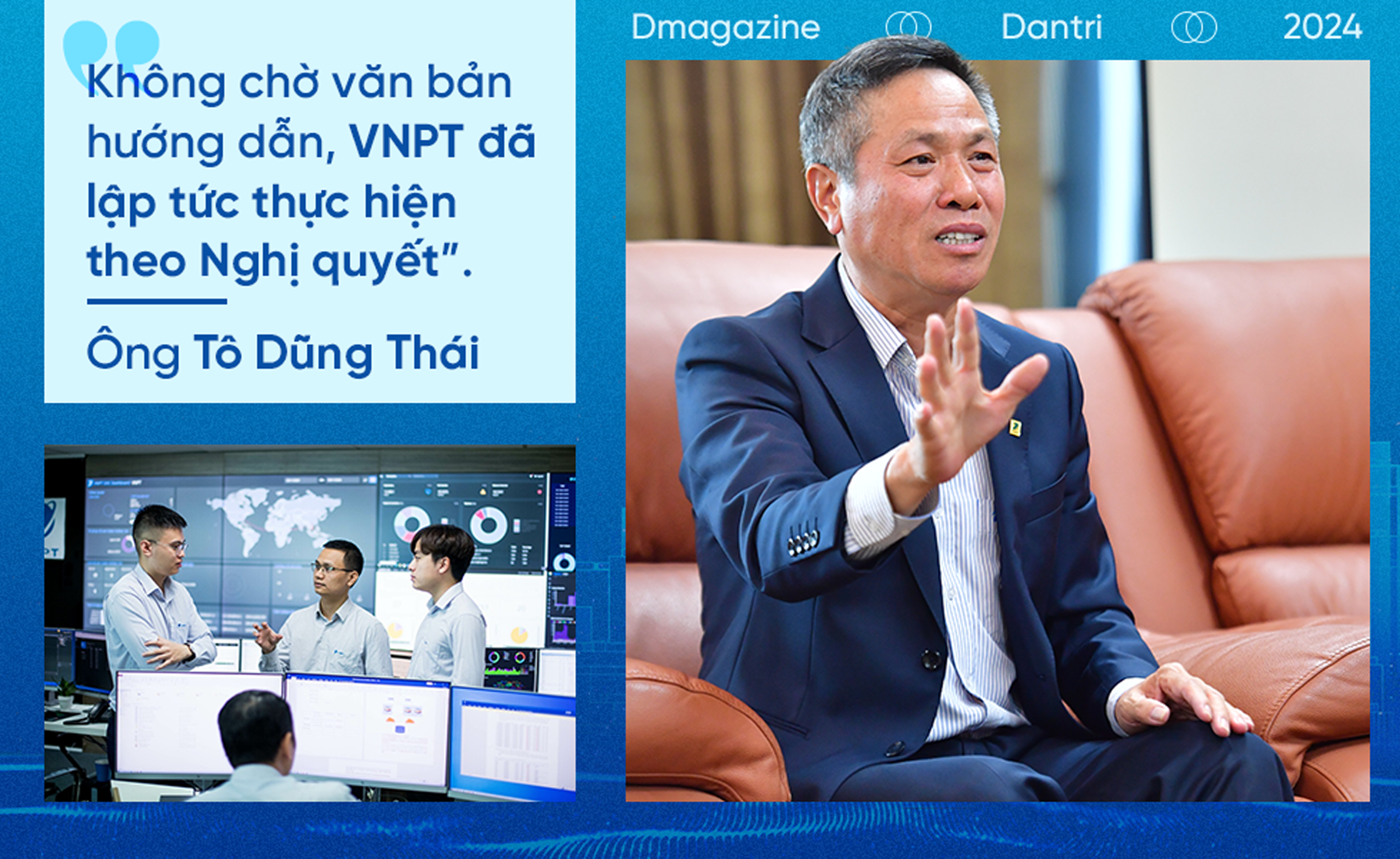
We cannot do that (wasteful spending, not saving - PV), the country is still poor because the goal is to be an upper middle-income country by 2030 and to be in the high-income group by 2045, if GDP grows by double digits.
The implementation of Resolution 57 at VNPT will focus on three main priority tasks.
First: Boost investment in R&D activities, focusing on strategic technologies such as artificial intelligence, big data, IoT, Cloud and 5G/6G, to create a foundation for innovation and enhance competitiveness.
Second: Build and develop advanced digital technology infrastructure, especially 5G networks, data centers and national digital platforms, to meet the requirements of comprehensive digital transformation.
Third: Developing high-quality human resources through specialized training and attracting domestic and international talent.
These tasks will be implemented synchronously and drastically, affirming VNPT's leading role in the national development process.
Regarding the story of "digital transformation", in fact, this phrase has appeared many years ago but has not yet achieved the expected results, especially the issue of synchronous digital transformation. In your opinion, what is the reason? How will the tasks set out in Resolution 57 contribute to achieving this comprehensive goal?
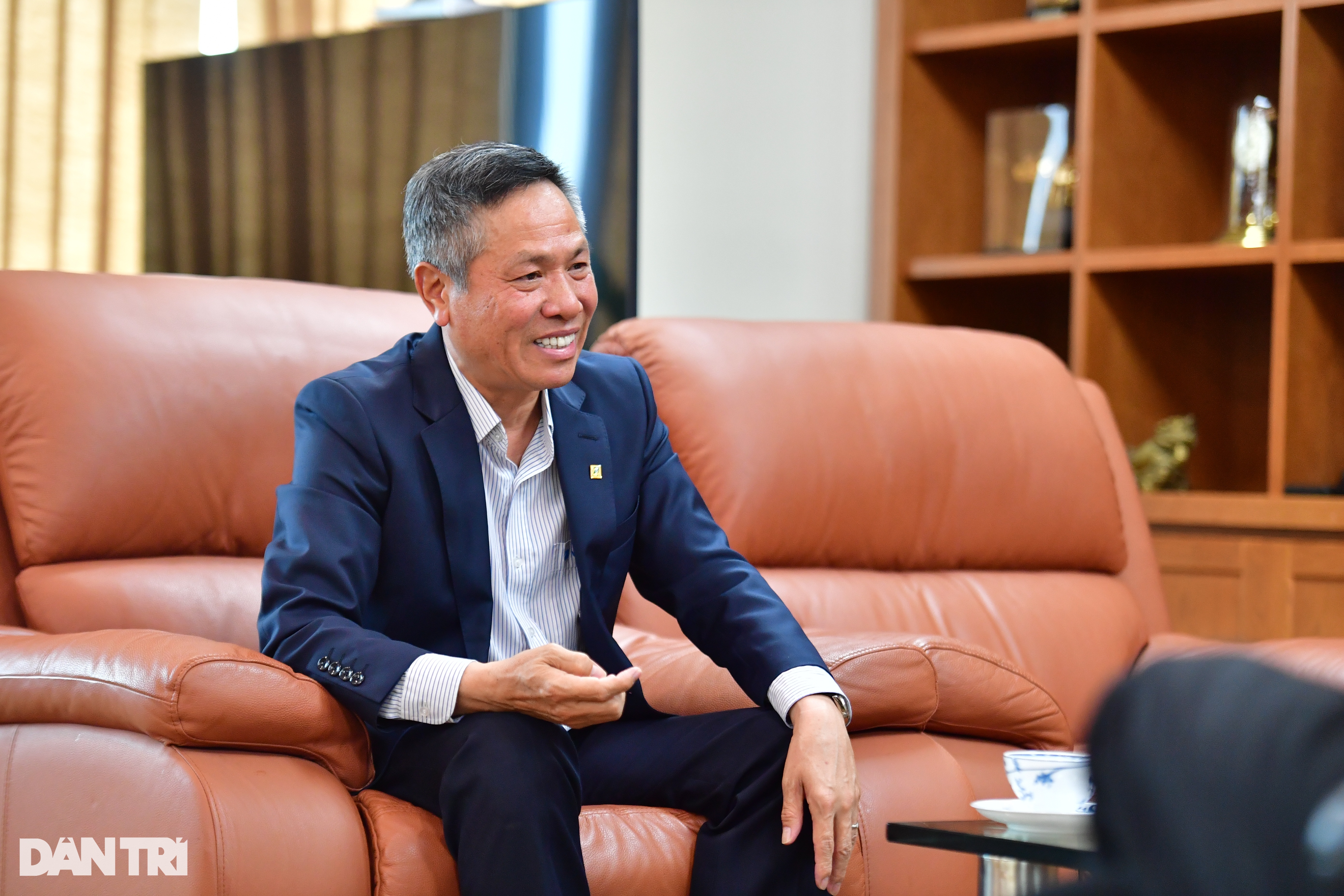
- In recent years, the Government has advocated and had many solutions and supports to promote digital transformation. Vietnam's digital transformation has had certain successes but has not yet achieved the expected results. In my opinion, there are some main reasons as follows:
One is: Data from ministries, branches and localities is still not guaranteed to be Correct, Sufficient, Clean, Live, and interconnected and shared, which is still limited.
In addition to technical limitations, there are also barriers to information security regulations, and there are no adequate guidelines for uploading information to IT systems and organizing data sharing.
Second: Public investment projects are slow, especially in the case of successful pilot projects but still unable to complete project procedures to put the system into official operation, so businesses are not encouraged to invest in participating in digital transformation projects for government organizations when they see risks to economic efficiency.
Third: The state budget allocated for digital transformation is still low, currently only 0.3-0.4% per year on average.
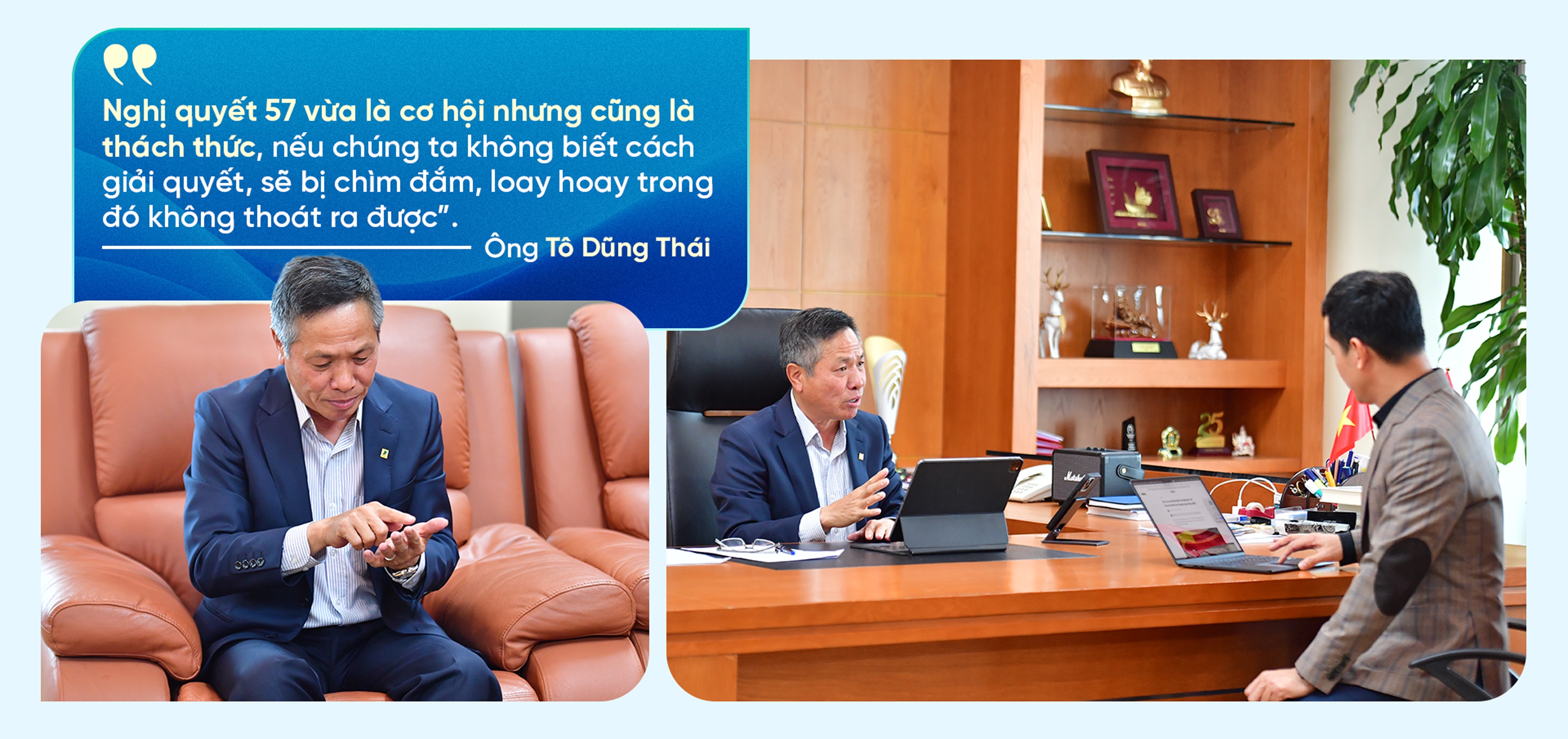
Resolution 57 has set out tasks to make breakthroughs in science, technology, innovation and national digital transformation.
Especially the tasks of building Mechanisms on data centers, interconnection, integration, data sharing, data economic development; Mechanism of ordering and assigning tasks to digital technology enterprises to carry out key tasks on digital transformation.
Policy to allocate at least 3% of total annual budget expenditure for science, technology development, innovation, and national digital transformation; Policy to exempt enterprises, organizations, and individuals from liability in case of testing new technologies and new business models that cause economic damage due to objective reasons.
Plan and roadmap to bring all activities of agencies in the political system to the digital environment.
When the above mechanisms and policies are issued and applied soon, the limitations of digital transformation as I mentioned above will be overcome.
One point in Resolution 57 that many experts and scientists enthusiastically responded to is that the Resolution clearly states that there is a policy of exemption from liability for businesses, organizations, and individuals in the case of testing new technologies or new business models that cause economic damage due to objective reasons. Does VNPT have any plans to develop technology that was previously hindered by the mechanism?
- Testing and developing new technologies at VNPT has encountered many difficulties due to institutional limitations, especially in areas requiring strong innovation and long-term investment.
A typical example is investment in research, design and manufacturing of semiconductor chips.
To participate in this field, even just the design stage requires a huge investment of resources from experienced, high-quality experts to design and testing tool systems... while the probability of commercial success is not high and requires a very long time to accumulate and develop.
The policy of exemption from liability in case of failed testing, mentioned in Resolution 57, is a breakthrough solution, helping VNPT to be more confident in investing in testing strategic technologies.

How do you evaluate the role of the State's key technology enterprises such as VNPT and Viettel in implementing and transforming the contents of Resolution No. 57 into practice?
- Resolution 57 will pose big problems, one enterprise in Vietnam may not be able to fully implement the problem, so we should have an ecosystem of enterprises: a leading enterprise and a series of satellite enterprises accompanying it, we can innovate quickly because there is a lot of work.
Foreign enterprises can be ahead in terms of qualifications and experience, but they cannot understand Vietnamese people, culture and history like Vietnamese people. They cannot do it, only Vietnamese enterprises can do it.
Also, regarding the data story, sometimes there are confidential data, national secrets, and foreigners cannot possess it, that's for sure.
Data must be built and managed by Vietnamese enterprises, even 100% state-owned enterprises, because if they are joint-stock enterprises, they can sell shares to foreign companies and according to the Enterprise Law, there is absolutely no violation.
If we deploy in the above way, we can go fast and safely: with the story of digital transformation, safety is extremely important, it is like a real society, put into any environment there must be rules and everyone must comply with the regulations.
I only wish for one thing: Resolution 57 is thoroughly understood and implemented quickly and thoroughly at all levels, creating a consensus from the Party, Government and people to change the situation of the country.
This is the opportunity of the 4.0 train, if we do not grasp, seize, apply and act quickly, it will be extremely regrettable. From the business perspective, if we cannot do it, it will be very sorry to the country and the workers.

The roles and responsibilities of state-owned technology enterprises are reflected in the following points:
Firstly, VNPT and other large domestic enterprises are leading the development of national digital infrastructure, especially the deployment of 5G networks, data centers and digital platforms for digital transformation. These projects not only ensure synchronous connectivity but also promote Vietnam's competitiveness in the region and the world.
Second, these companies play a central role in R&D, testing strategic technologies such as artificial intelligence, big data, and semiconductor technology.
These units are the pioneers in applying new technologies into practice, reducing dependence on foreign technology and enhancing national innovation capacity.
Third, VNPT and digital technology enterprises play an important role in popularizing technology to other economic sectors, from healthcare, education, to agriculture and manufacturing, contributing to promoting comprehensive socio-economic development.
Fourth: In national digital transformation projects, large state-owned enterprises must play a consulting role and contribute to policies until they are implemented.
This will be the basis for breakthroughs in science, technology, innovation and national digital transformation.
Implementing the contents of Resolution 57 is not only a responsibility but also an opportunity for key enterprises to affirm their position, become key pillars in the national digital transformation strategy, and bring Vietnam to new heights on the world technology map.
What was VNPT's plan before and after Resolution 57, sir?

- The Party's Resolutions cover all areas of activities of the entire Party, the entire army, and the entire people; there are matters regarding Party building, cultural development, socio-economics, or national governance.
Resolution 57 is a pillar resolution to change the country's situation at the present time.
Looking at the world, other countries are also doing very well and if we are slow, we will lose. We have Resolution 57, we need to make the most of it and do it quickly.
Accepting the Resolution, we have changed the group's leadership thinking, VNPT will have to work faster on issues such as 5G and AI.
VNPT's business plan in the next 5 years (until 2030) will be different from before; if we don't act quickly, we will not be able to keep up and will lose our opportunity.
Thanks for sharing!
Content: Bao Trung, Doan Trung Nam
Photo: Quyet Thang
Dantri.com.vn



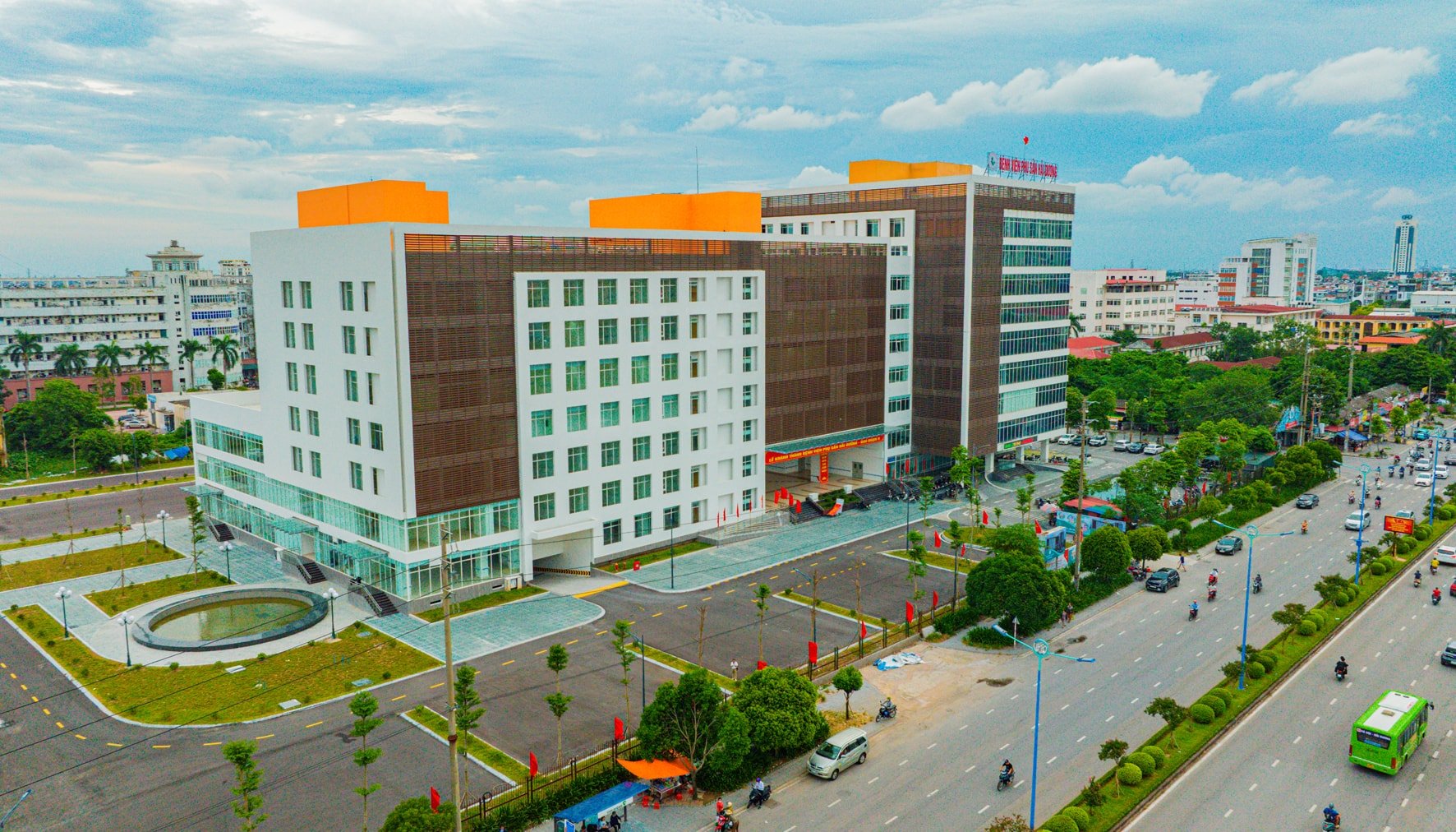

![[Motion Graphics] 14 items exempted from corporate income tax](https://vstatic.vietnam.vn/vietnam/resource/IMAGE/2025/8/22/29a6b00358de452488c5e1dcbc0b377d)

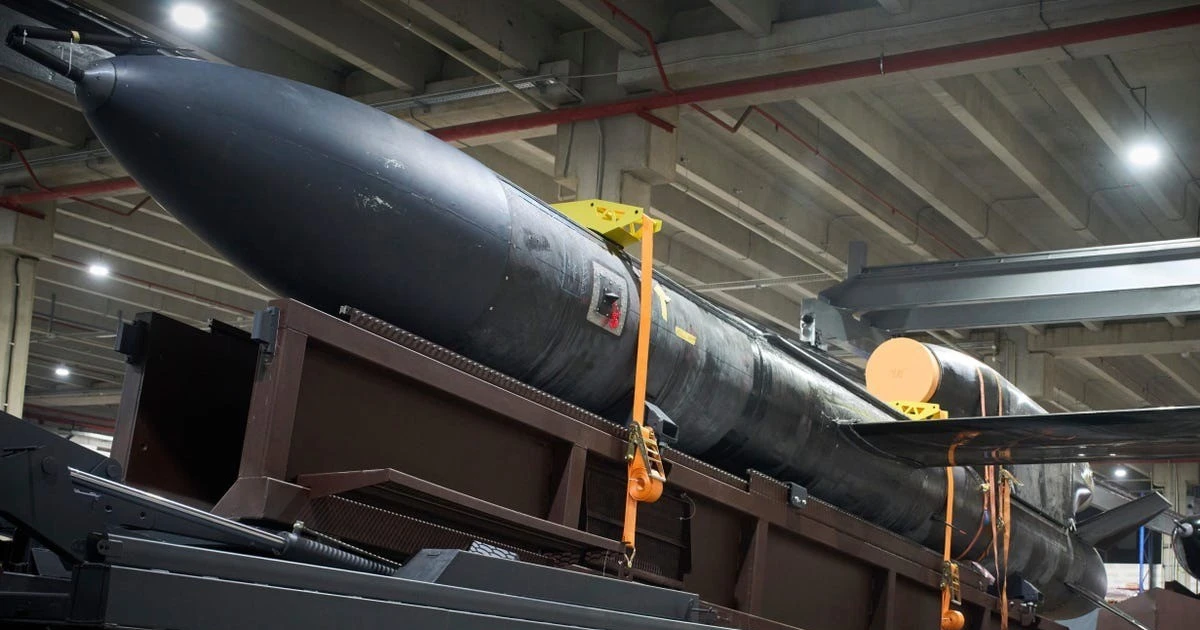





















![[Photo] New look of the coastal city on the Han River](https://vstatic.vietnam.vn/vietnam/resource/IMAGE/2025/8/22/26f58a4a29b9407aa5722647f119b498)


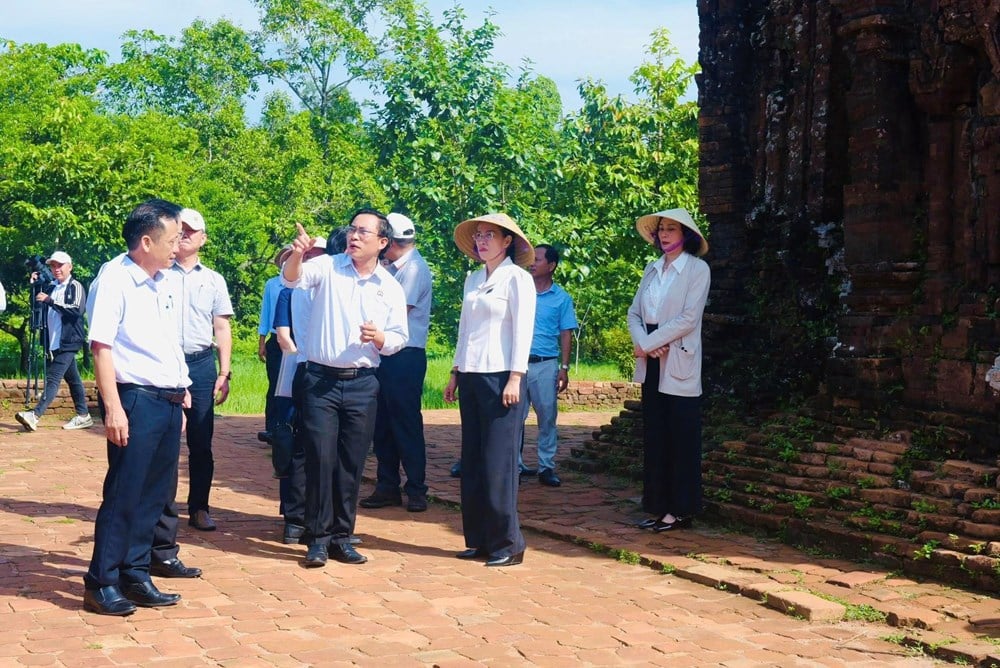




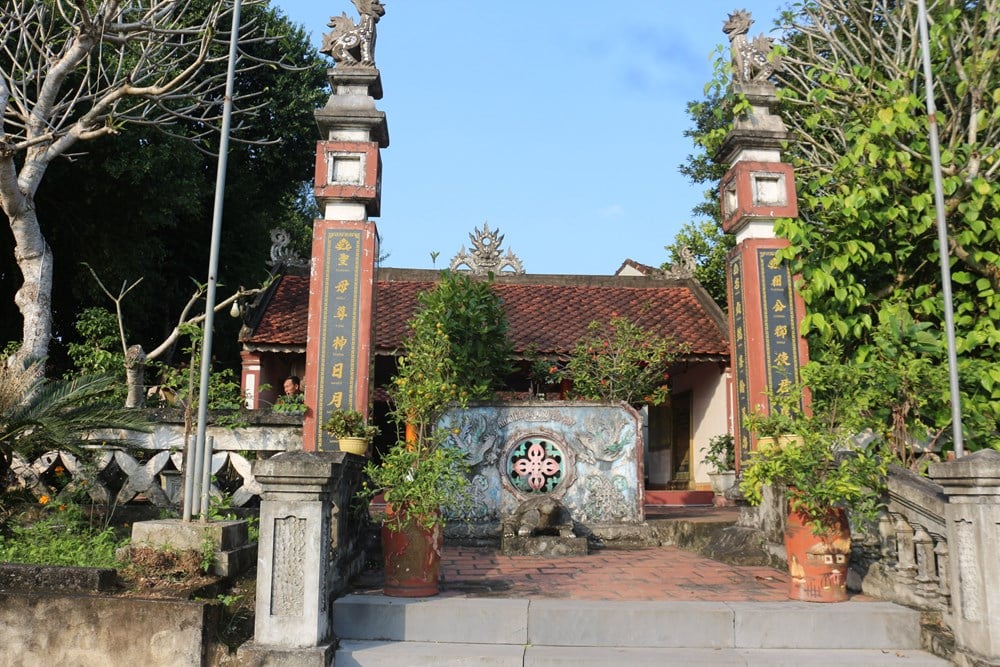
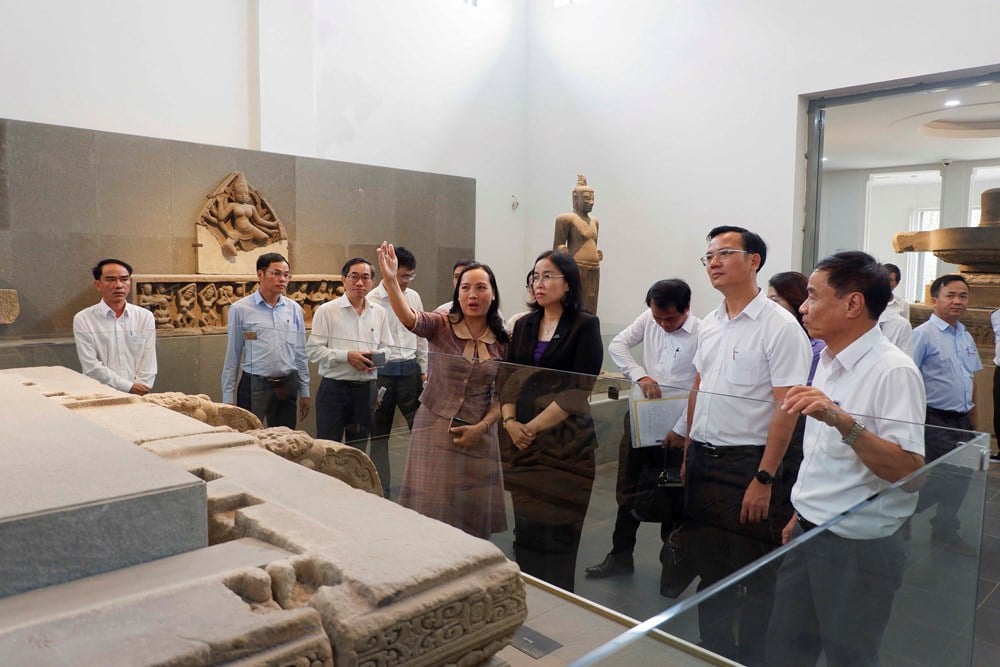
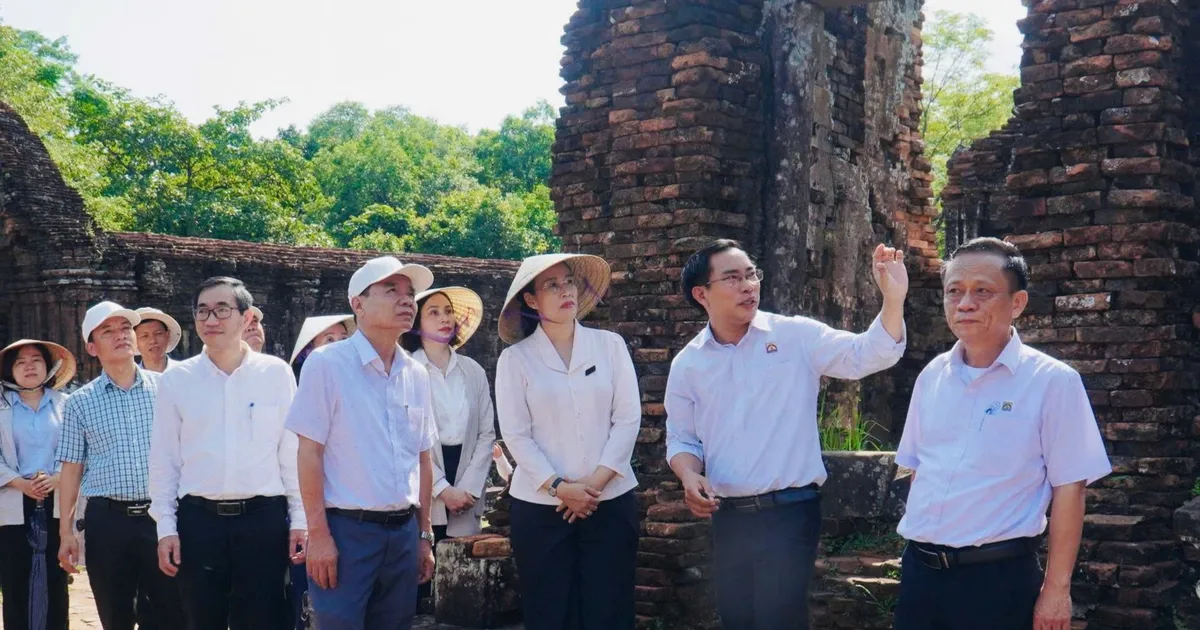











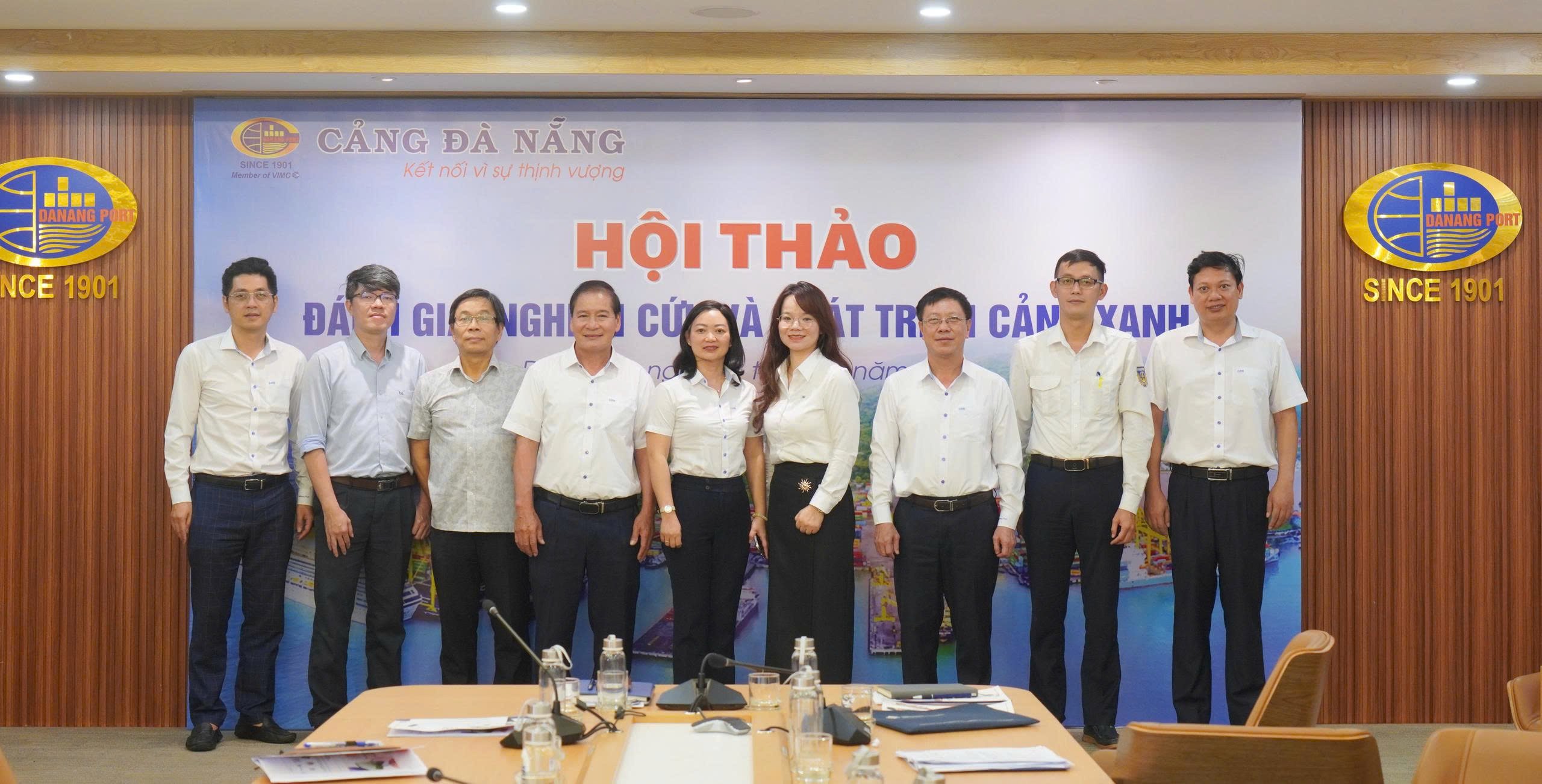


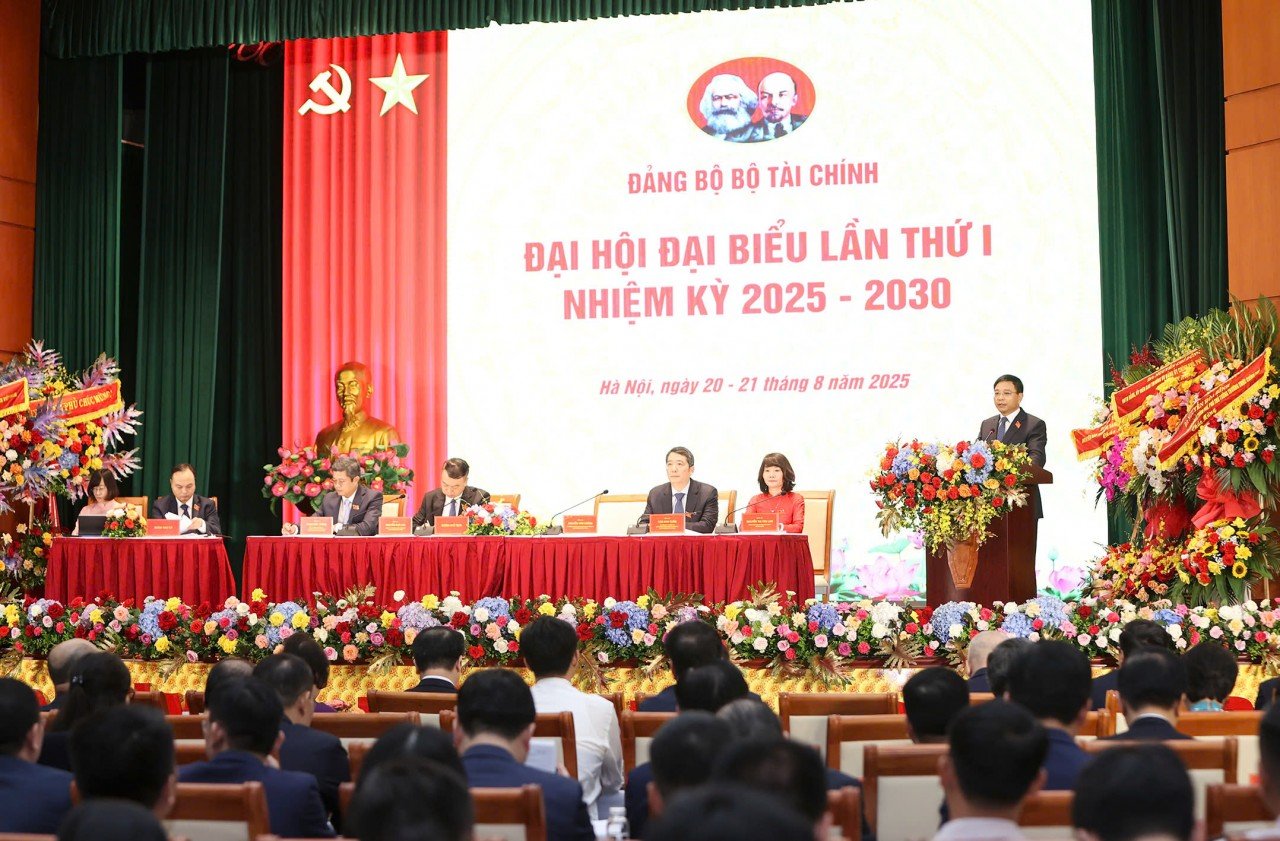
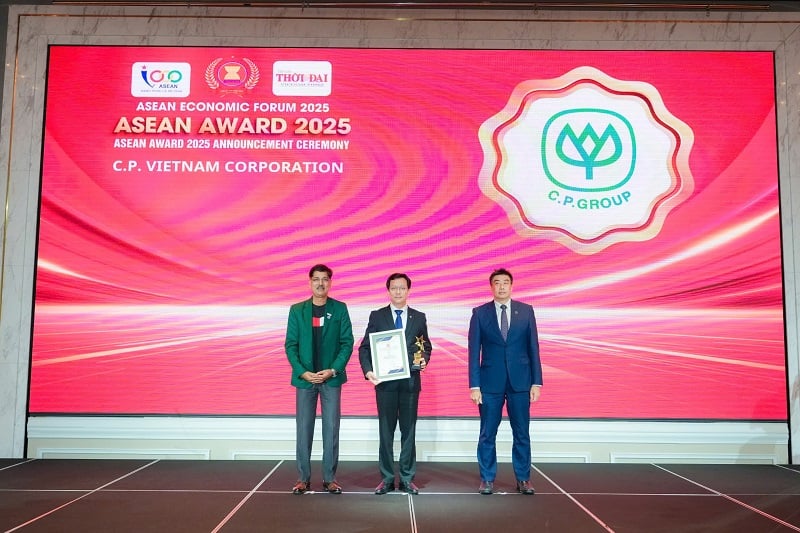


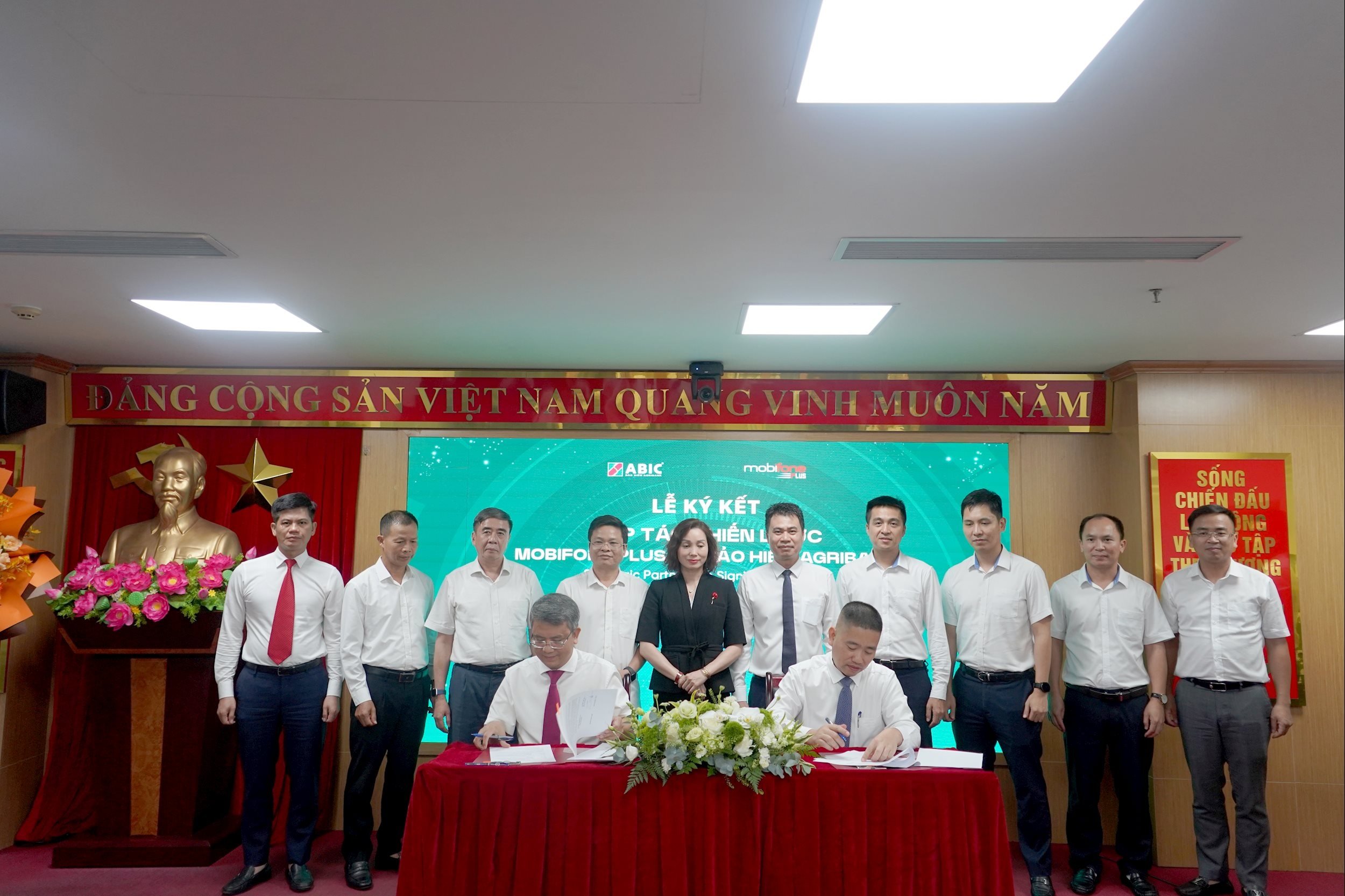




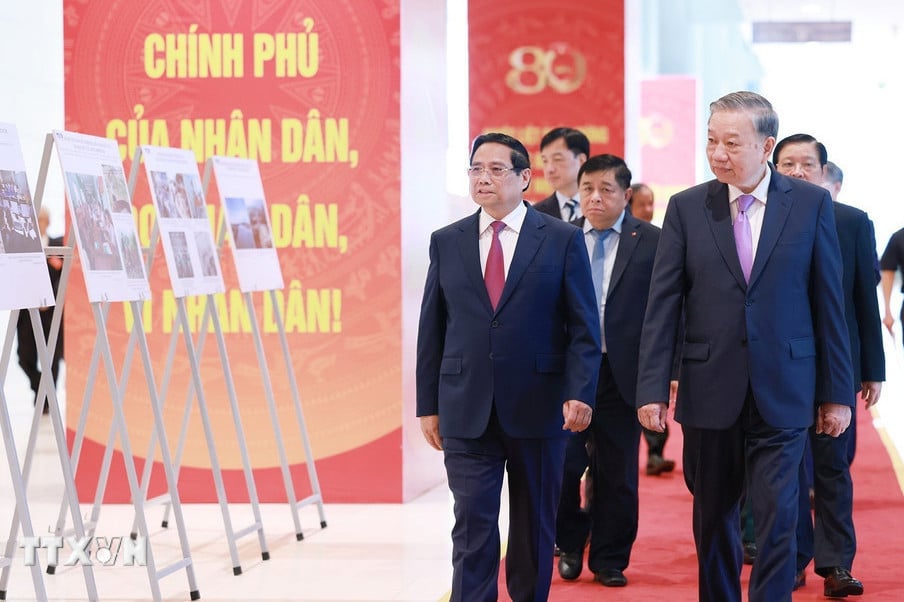
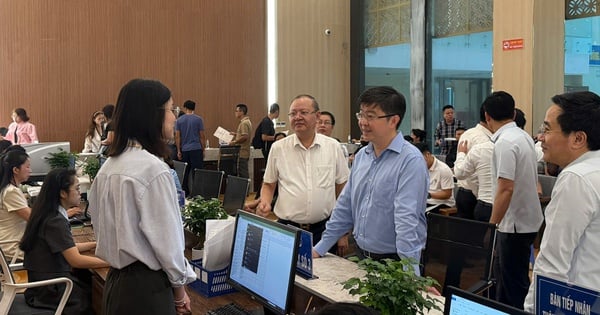



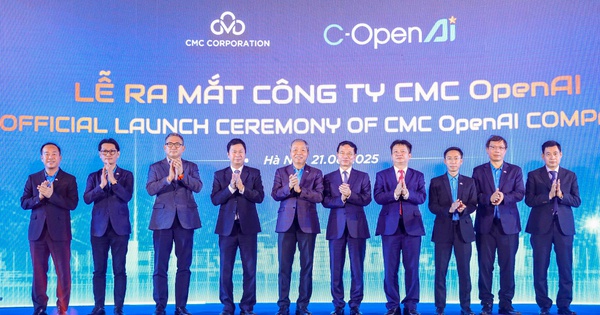
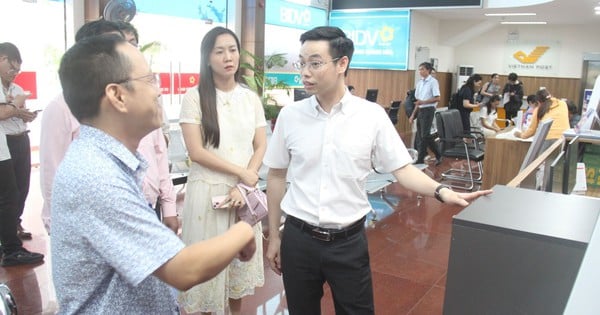
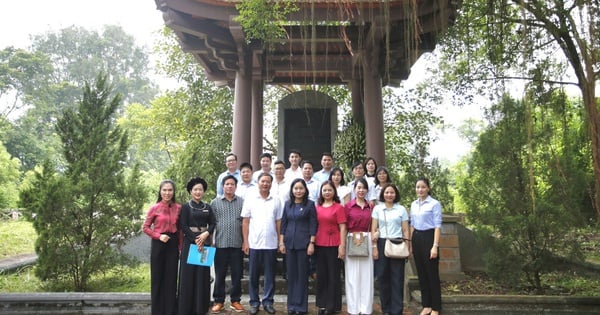
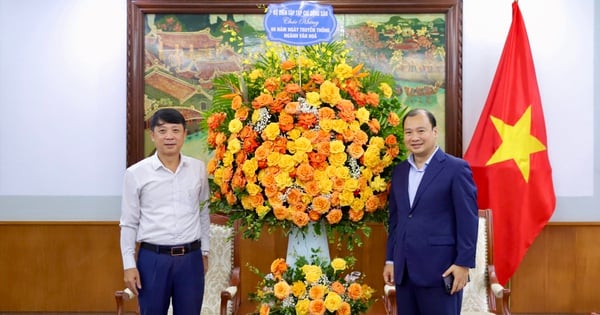







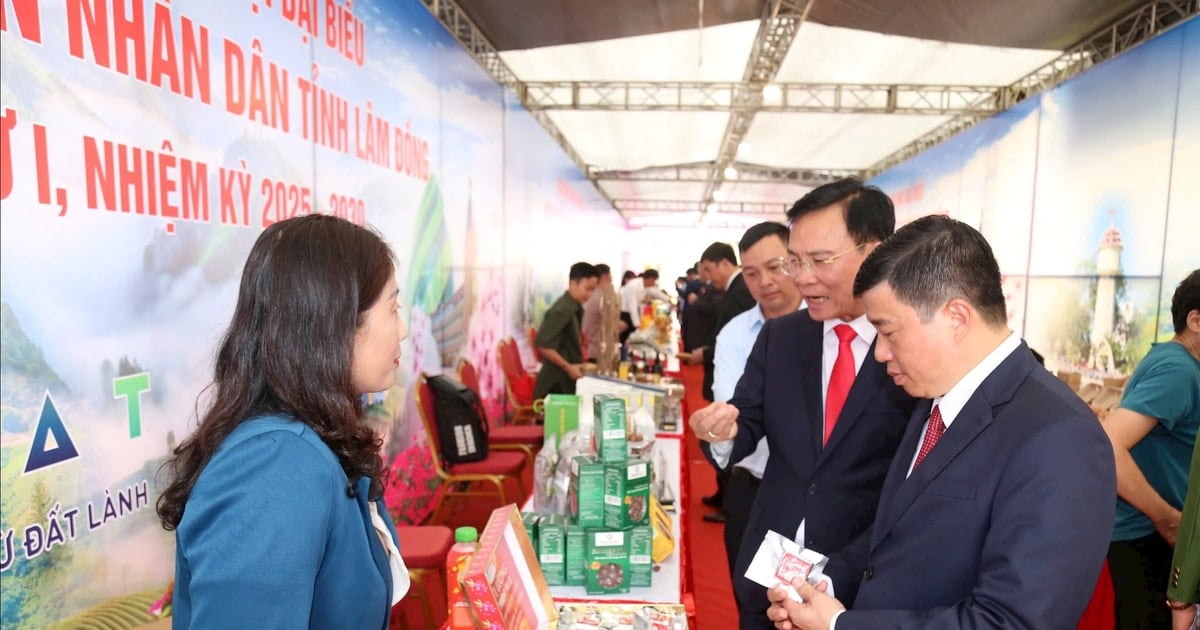








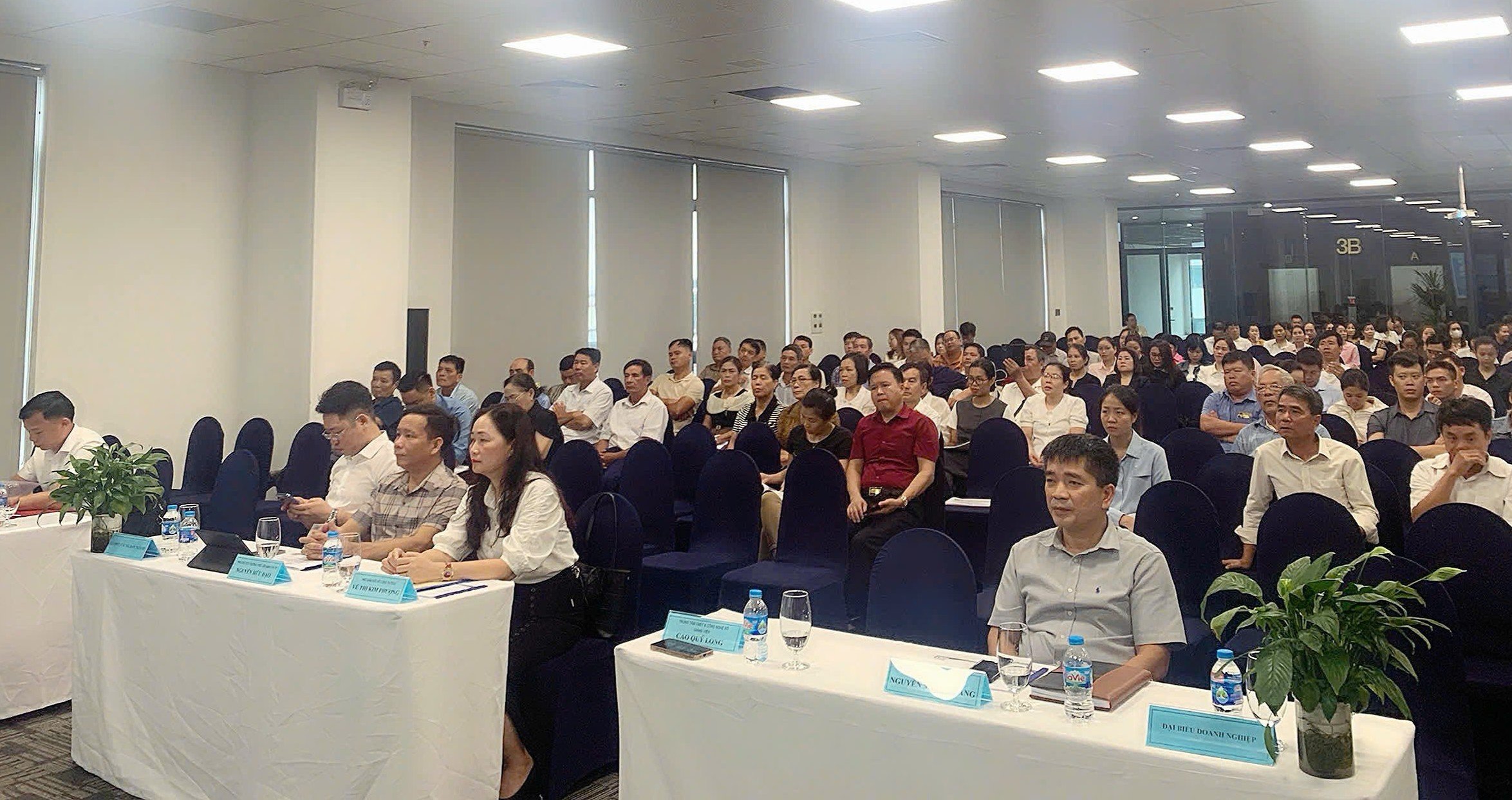






Comment (0)